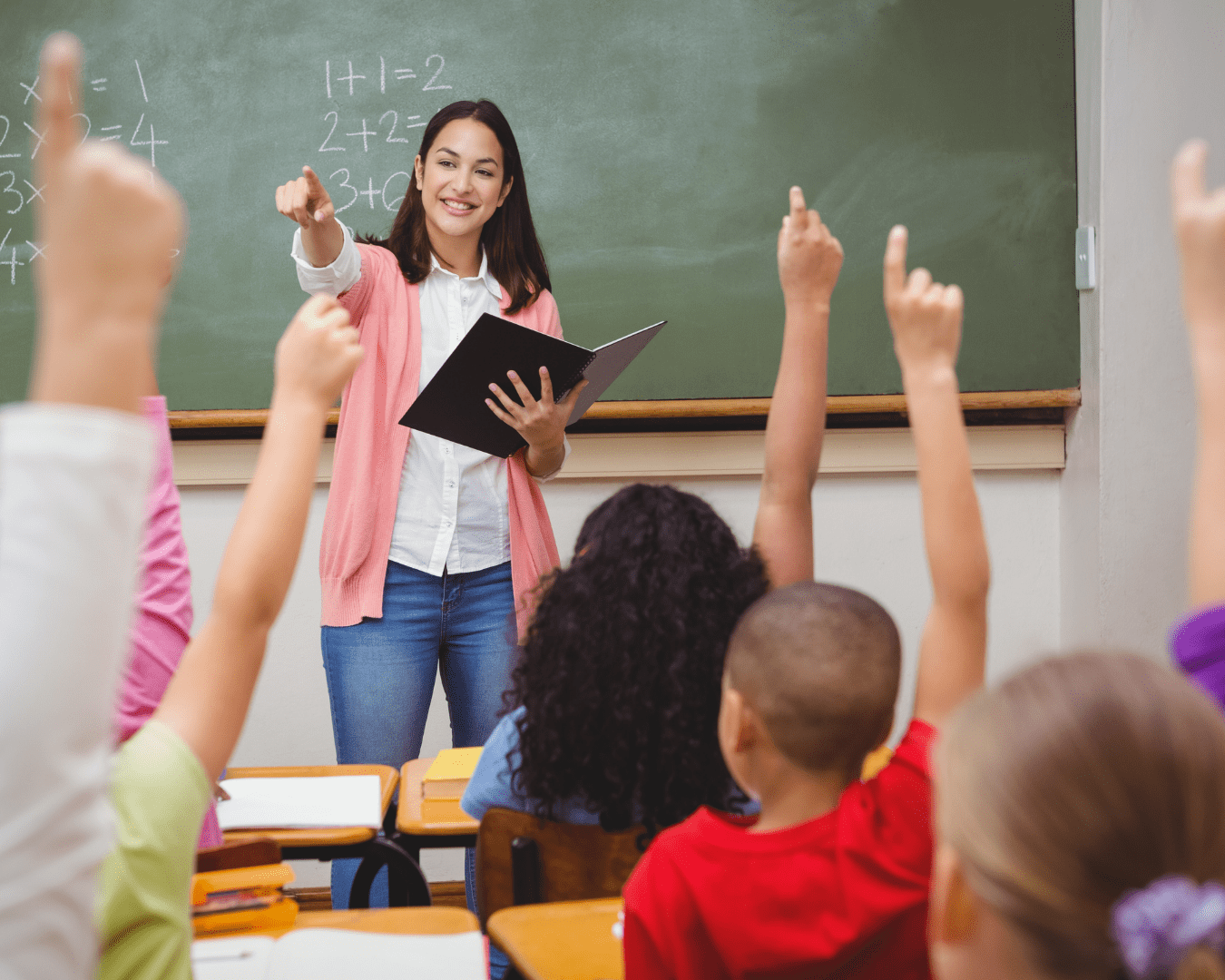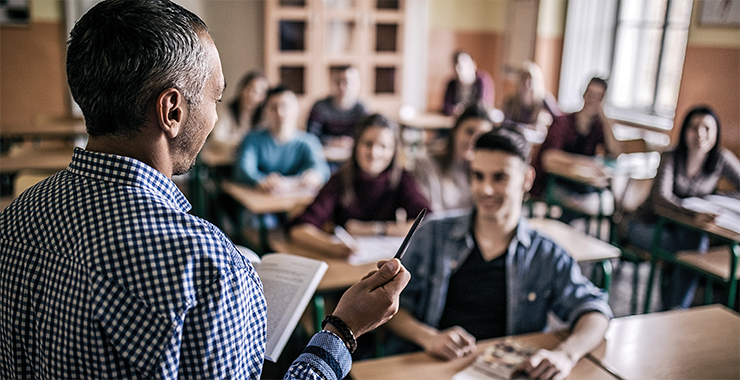Primary Science Tuition Singapore for Building Confidence in Science
Primary Science Tuition Singapore for Building Confidence in Science
Blog Article
Discovering the Various Training Techniques in Main Scientific Research Education And Learning Today
The landscape of key scientific research education and learning is progressing, with different teaching strategies gaining prominence in modern class. Inquiry-based knowing, hands-on experiments, and the assimilation of innovation are redefining exactly how teachers engage young minds. Additionally, collective methods and set apart direction are being employed to accommodate the diverse needs of pupils, boosting both engagement and understanding. As we check out these techniques, concerns emerge concerning their efficiency and the implications for future instructional practices. What might these changes in technique mean for the next generation of students?
Inquiry-Based Knowing
Inquiry-Based Understanding (IBL) is a pedagogical strategy that encourages trainees to discover scientific principles through doubting, examination, and hands-on trial and error. This technique stresses the duty of students as active individuals in their learning, promoting essential reasoning and analytical abilities. By involving with real-world questions, pupils end up being interested and motivated, which enhances their understanding of scientific concepts.
In IBL, instructors work as facilitators, leading students as they navigate their inquiries instead of delivering information straight. This student-centered technique enables differentiation, fitting different finding out paces and styles. Students establish skills in developing hypotheses, creating experiments, and analyzing data, which are vital for clinical proficiency.
Additionally, IBL cultivates cooperation amongst trainees, urging them to share findings and concepts. This cumulative questions promotes social skills and a feeling of area within the class. The procedure of inquiry encourages resilience, as pupils discover to welcome failing as a stepping stone towards understanding.
Hands-On Experiments
Hands-on experiments are a vital component of reliable science education, matching the principles of inquiry-based understanding. These experiments permit trainees to involve straight with scientific principles, promoting a deeper understanding with experiential knowing. By adjusting materials and observing outcomes, young learners can realize abstract concepts in tangible means.
Such activities advertise essential thinking and problem-solving abilities, as students hypothesize results, conduct experiments, and evaluate outcomes. This process motivates them to ask inquiries, fine-tune their understanding, and create a scientific frame of mind. Moreover, hands-on experiments can be tailored to diverse understanding styles, guaranteeing that all students have the chance to involve meaningfully with the web content.
In addition, hands-on experiments often urge partnership amongst peers, advertising team effort and interaction abilities. Functioning in groups allows pupils to share concepts, discuss searchings for, and pick up from one an additional, which boosts their total educational experience.
Integrating hands-on experiments into the primary scientific research educational program not only improves the learning environment but additionally cultivates a lifelong rate of interest in scientific research. By actively joining their education and learning, pupils are more probable to establish an interest for clinical query that prolongs past the class.

Modern Technology Combination
Integrating innovation into primary science education has ended up being progressively important in promoting trainee interaction and improving finding out outcomes. Using digital devices, such as interactive simulations, digital labs, and academic software application, offers students with chances to discover clinical ideas in innovative ways. These resources facilitate a much deeper understanding of complicated topics by permitting students to picture and manipulate variables that would be not practical in a traditional class setting.
Furthermore, technology assimilation urges personalized finding out experiences. Pupils can progress at their very own rate, revisiting tough principles with multimedia resources, which satisfy various discovering styles. This adaptability not just supports individual development but also cultivates a sense of freedom in students.
Additionally, technology functions as a bridge to real-world scientific research, connecting pupils with existing study and expert payments. Access to scientific journals and on-line databases expands pupils' point of views on clinical inquiry and promotes critical assuming skills.
Collaborative Discovering
Joint knowing plays an essential function in key scientific research education by fostering synergy and communication skills amongst students. This method motivates students to interact, share knowledge, and take part in analytical, which boosts their understanding of clinical ideas. By joining group activities, trainees discover to verbalize their concepts, pay attention to varied viewpoints, and negotiate services, every one of which are crucial skills in both real-world and academic contexts.

Research study indicates that joint knowing can result in boosted inspiration and interaction in science subjects, as trainees find satisfaction in common experiences (primary science tuition Singapore). Furthermore, this strategy prepares students for future collective undertakings, outfitting them with the skills essential for effective team effort in college and specialist environments. Ultimately, accepting joint discovering in primary science education can dramatically enrich the discovering experience and advertise a deeper understanding of scientific query
Set Apart Direction

Differentiated instruction can manifest in different means, such as differing the web content, procedures, or items of discovering. Teachers might utilize tiered tasks that offer varying levels of intricacy, enabling students to function at their corresponding readiness levels. In addition, versatile grouping techniques can help with collaboration amongst trainees with various capacities, cultivating peer discovering.
Evaluation plays an important role in this approach, as it educates instruction and helps educators recognize each pupil's special needs. Developmental evaluations, such as observations and quizzes, can assist teachers in changing their strategies to boost learning results. primary science tuition Singapore. Ultimately, by applying set apart direction in primary science education and learning, instructors can cultivate an extra equitable and efficient discovering environment, equipping all pupils to reach their full possibility in recognizing scientific sensations
Conclusion
In summary, the varied mentor approaches in main scientific research education and learning, including inquiry-based understanding, hands-on experiments, innovation assimilation, collaborative knowing, and separated guideline, jointly add to a more effective discovering setting. These techniques advertise crucial thinking, analytical skills, and a much deeper comprehension of scientific ideas. By carrying out these methods, instructors can develop appealing and helpful classrooms that deal with the diverse needs of students, ultimately fostering a long-lasting passion in science and improving academic achievement.
Inquiry-Based Knowing (IBL) is a pedagogical approach that urges pupils to check out scientific concepts through doubting, investigation, and hands-on experimentation.Collaborative understanding plays an essential function in main science education by fostering synergy and communication abilities among pupils.Study indicates that collaborative understanding can lead to enhanced inspiration and involvement in scientific research subjects, as students locate pleasure check that in shared experiences.In promoting an inclusive understanding atmosphere, differentiated instruction arises as a crucial technique to suit the diverse demands and capacities of pupils in main scientific research education. Inevitably, by implementing set apart direction in key science education and learning, educators can cultivate a more equitable and reliable learning setting, encouraging all pupils to reach their complete potential in comprehending scientific sensations.
Report this page